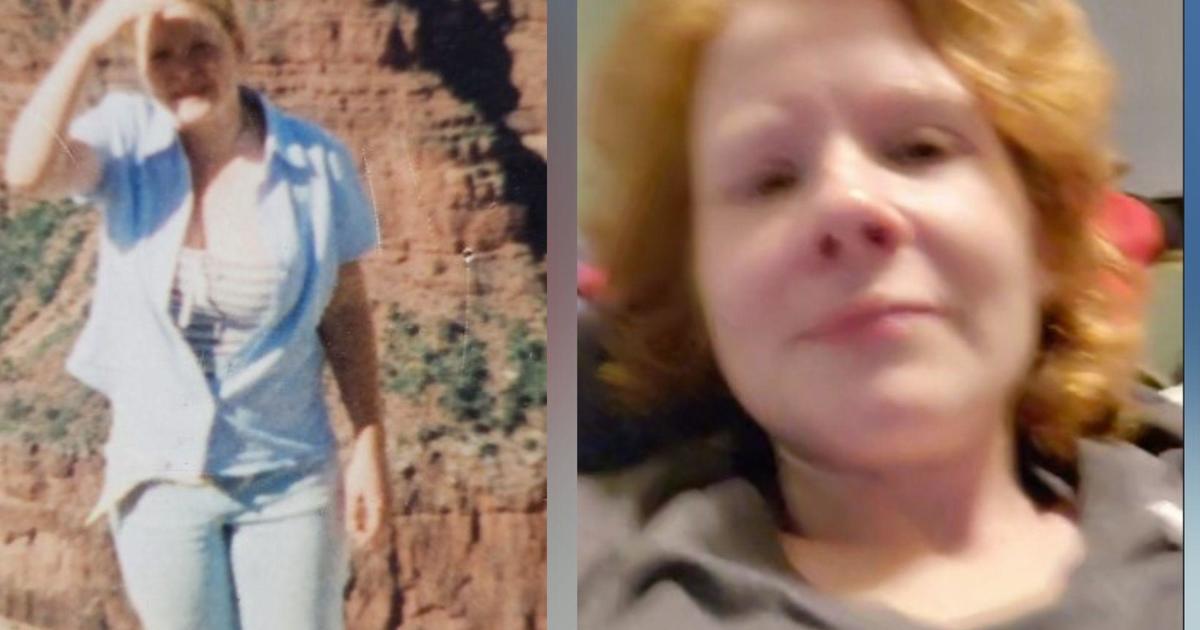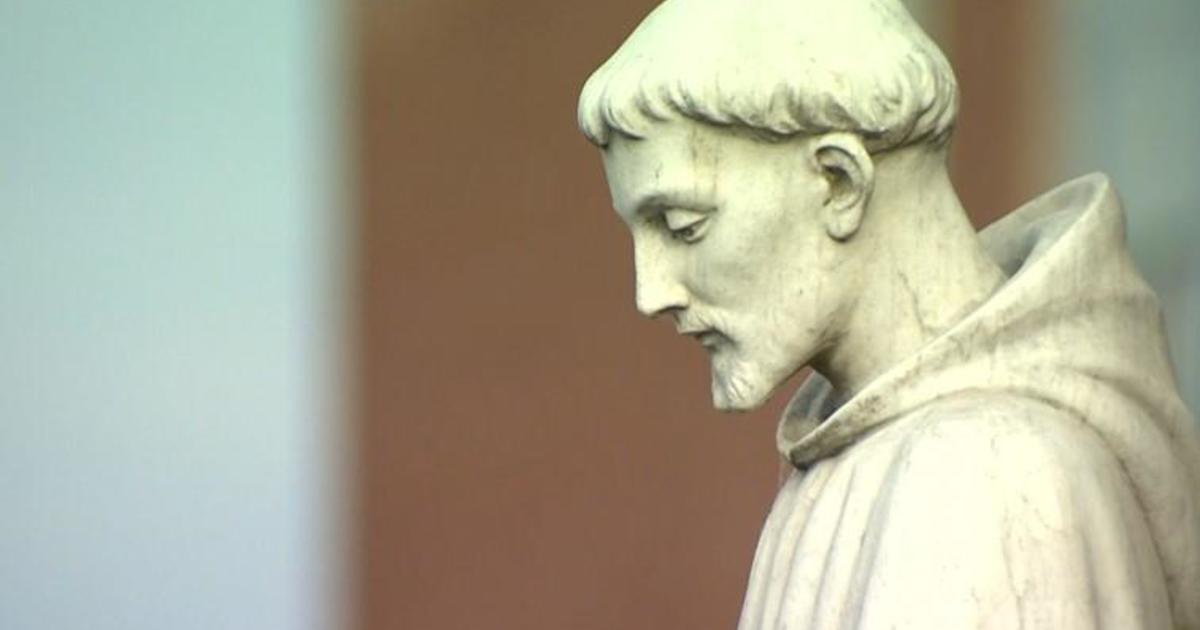Advocates Call On Baltimore County To Draw New Map, Likening Proposed Districts To Jim Crow
BALTIMORE (WJZ) -- A group of advocates on Friday called on the Baltimore County Council to redraw the boundaries for its seven councilmanic districts, saying a recently released court-ordered proposal does not provide a second majority-Black precinct.
The speakers, many of whom are plaintiffs in a lawsuit last year challenging an earlier map or represented groups that are, compared the proposal the council submitted earlier this month to the racist Jim Crow laws that maintained racial segregation in the 19th and 20th centuries.
"The Baltimore County Council must propel itself into the 21st century and leave behind the vestiges of Jim Crow in our space," said Dana Vickers Shelley, the executive director of the ACLU of Maryland who is a plaintiff in the suit as a county resident. "What they're doing is they have the shameful audacity to push a plantation narrative that says you can fix the delusion of black voters and black voices, my voice and others, with a plan that maintains white veto power over the choices of [Black, Indigenous and People of Color] votes."
Ericka McDonald, co-president of the League of Women Voters of Baltimore County, said Friday the map does not go far enough to address concerns about representation for Black voters. Since the creation of District 4 in 2001, no other district has elected a Black candidate, she said.
McDonald went on to say there are lingering signs of racial inequality in the county, with Black residents enduring a disproportionate number of traffic stop, lower rates of home ownership and worse outcomes in public schools.
"Why do our council members continue to act like they are above the law by refusing to comply with the Voting Rights Act?" she asked "And why do they refuse to confront the continuing challenges of racial inequality in Baltimore County today?"
In February, a federal judge threw out the council's earlier proposal and ordered the county to draw new districts that comply with the Voting Rights Act.
According to the council's new proposal, District 2, which includes communities just beyond the northwest borders of Baltimore City, and District 4, along the Liberty Road corridor in the western part of the county, would have majority-minority voting populations. Of those two, only District 4 would have a majority of Black voters.
District 1, located in the southwest portion of the county, stretching from I-70 to I-95, would have an almost even split between white voters and non-white voters, with the latter having a slim majority of the vote. White voters would have a 49.87% plurality, while Black voters would represent 27.39% of the voting population, and Asian Americans would represent an 11.16% share of the vote.
Districts 3, 5, 6 and 7 would be majority white.
Across the county, whites represent 55.12% of the voting population, compared with Blacks at 28.62%, Asian Americans at 6.29% and Hispanics at 5.99%. People who identify as being part of two or more races account for 3.27% of the voting population and residents whose race falls under "other" are 0.44%. Native Americans and Pacific Islanders are 0.24% and 0.03% of the voting population, respectively.
When you factor in children, whites are only a slim majority of county residents, at 51.2%, and nearly 30% of the population is Black.
Baltimore County Council Chairman Julian E. Jones Jr., the legislative body's sole Black member, has said the new boundaries comply with U.S. District Judge Judge Lydia Kay Griggsby's order.
"As was the case when we adopted a Redistricting Plan last December, this has been a very difficult process and we considered a number of mapping scenarios in trying to achieve a Map in which the Council could reach a consensus and that would stay true to traditional and legal redistricting principles of compact and contiguous districts with substantially equal populations; recognizing the importance of keeping communities intact; and providing more opportunity for Black voters in the County to elect representatives of their choice," he said. "We have done that with this Map."
The seat in majority-minority District 1 is opening with Councilman Tom Quirk, who is white, deciding not to seek reelection, Jones said.
District 2, which Jones said "is now majority-minority" and has a greater share of Black voters, is currently represented by Councilman Israel "Izzy" Patoka. According to county figures, whites would make up 45.8% of the voting population in the district, compared with Blacks at 41.22%, Hispanics at 5.52%, Asian Americans at 4.12%, and residents who identify as two or more races at 2.65%.
Jones represents District 4.
Vickers Shelley said the county would have to act quickly to adopt a new map in time for the upcoming primary election scheduled for July 19. The plaintiffs in the lawsuit, a coalition that includes the ACLU of Maryland, the Baltimore County branch of the NAACP, the League of Women Voters of Baltimore County, have offered multiple maps that would comply with the Voting Rights Act, she said.
"We will not accept Jim Crow voting policies to dominate this county any longer," she said.
In a statement, the council said the organizations are making "inflammatory and bullying assertions against the County Council as the case makes its way through the courts."
A hearing on the latest proposal is scheduled for next Monday at 2 p.m.
"In light of the pending litigation, it is not appropriate to comment beyond stating that we look forward to the Court's favorable consideration of the new Map at the hearing on Monday," a representative for the council said.



